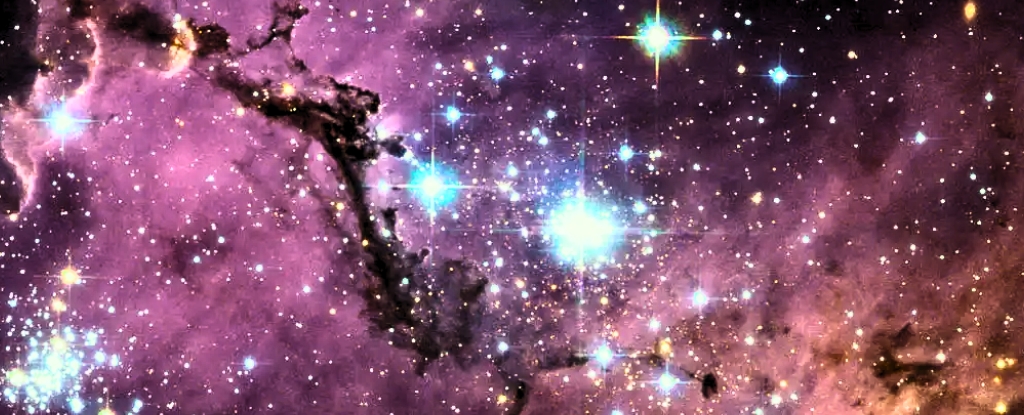
Astronomers have identified a remarkable star, designated SDSS J0715-7334, located in the halo of the Large Magellanic Cloud, which is recognized as the closest known pristine star. This discovery provides valuable insights into early star formation and the composition of the universe shortly after the Big Bang.
The universe’s initial creation primarily produced hydrogen and helium, with only trace amounts of other elements like lithium. As stars formed and died, they contributed heavier elements, but the oldest stars, which existed during the universe’s infancy, would have been composed almost entirely of hydrogen and helium. These stars have long since vanished, leaving researchers to search for remnants of their existence through second-generation stars with low metallicity.
Significance of SDSS J0715-7334
The metallicity of SDSS J0715-7334 is strikingly low, measuring ten times less than that of the most primordial galaxies observed. This characteristic makes it an essential subject for understanding the conditions and processes that governed the early universe. According to researchers, if this star is indeed a second-generation star, it likely formed from the remnants of a supernova explosion of a star with a mass of approximately 30 solar masses.
Even more intriguing is the star’s exceptionally low abundance of carbon. Typically, larger stars produce carbon, nitrogen, and oxygen efficiently through helium-burning processes. This deficiency suggests that the area in which SDSS J0715-7334 formed contained significant amounts of cooled dust, a crucial factor for the formation of smaller stars in the early universe.
Implications for Future Research
The motion of SDSS J0715-7334 within the Large Magellanic Cloud indicates that it is not merely passing through but likely formed within the galaxy’s halo. This raises the possibility of discovering additional pristine stars in our galactic neighborhood. Such findings could enable astronomers to compare observations of distant galaxies with local examples, enhancing our understanding of cosmic evolution.
This research has been made available on arXiv and is currently awaiting peer review. The groundbreaking nature of this discovery underscores the ongoing efforts to unravel the mysteries of our universe’s origins, providing a clearer picture of star formation in the cosmos.
The findings were originally reported by Universe Today, highlighting the collaborative nature of scientific inquiry and the importance of continued exploration in the field of astronomy.






